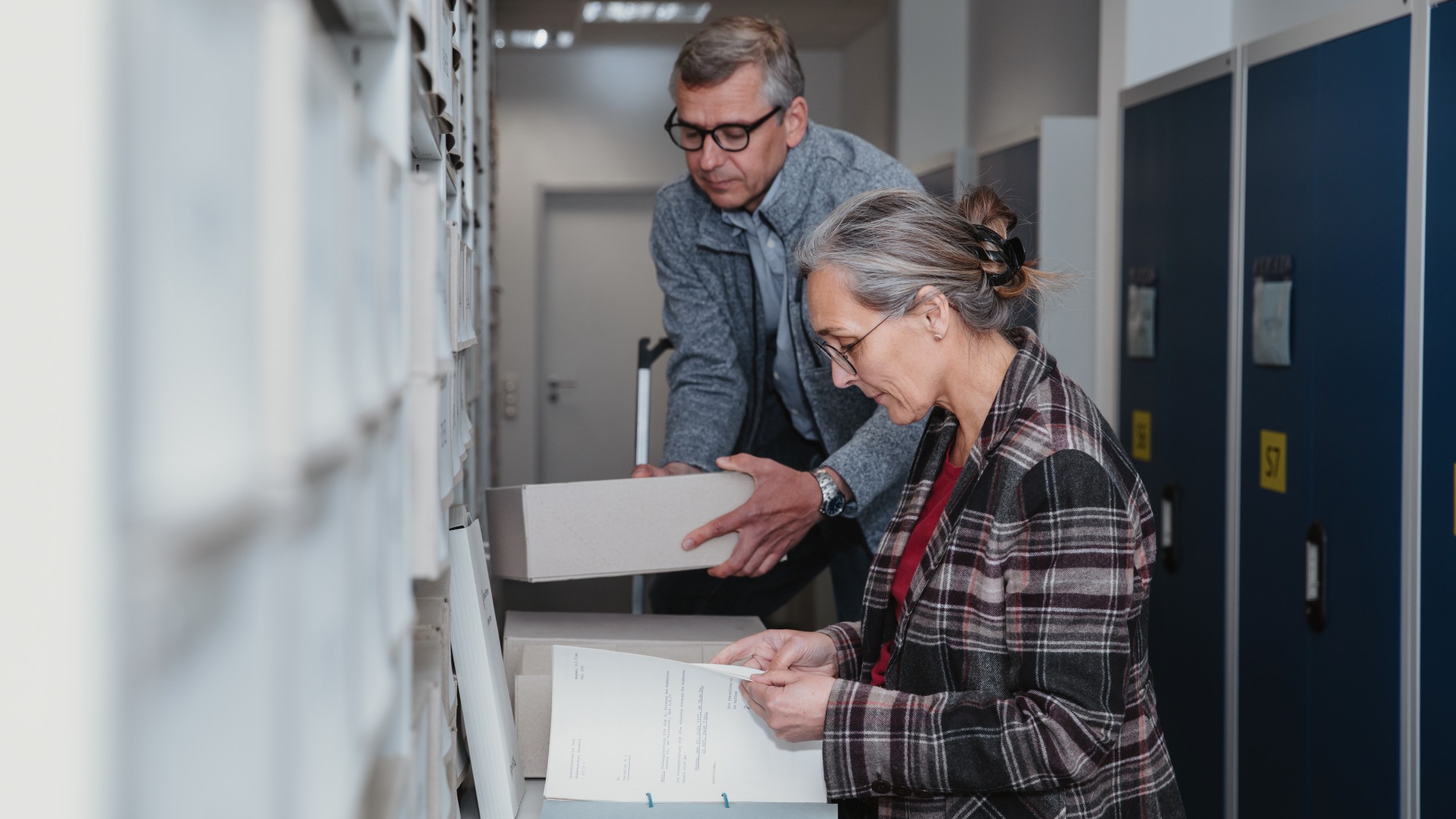
© Matej Meza / Universität Bremen
Have You Heard of ... the University Archive?
For 25 years, the university archive has been preserving knowledge, documents, and memories – bringing the university’s history to life for researchers and the public
The ground floor of wing A in GW1 Building houses the memory of the University of Bremen: the university archive. Find out what is stored there, who has access to it, and why it is much more than just a place for dusty files.
There’s a calm atmosphere throughout the reading room, the stacks, and the offices – as well as a sense of tension in the air. Anyone who enters the location embarks on a journey through more than five decades of university history. Since 2000, the university archive has collected and preserved every aspect of the University of Bremen’s administrative, research, and teaching history. Today, the archive is comprised of over 55,000 archival materials, of which more than 38,000 have been cataloged. These include over 12,000 documents, 3,600 printed materials, 5,800 periodicals, and over 5,100 theses.
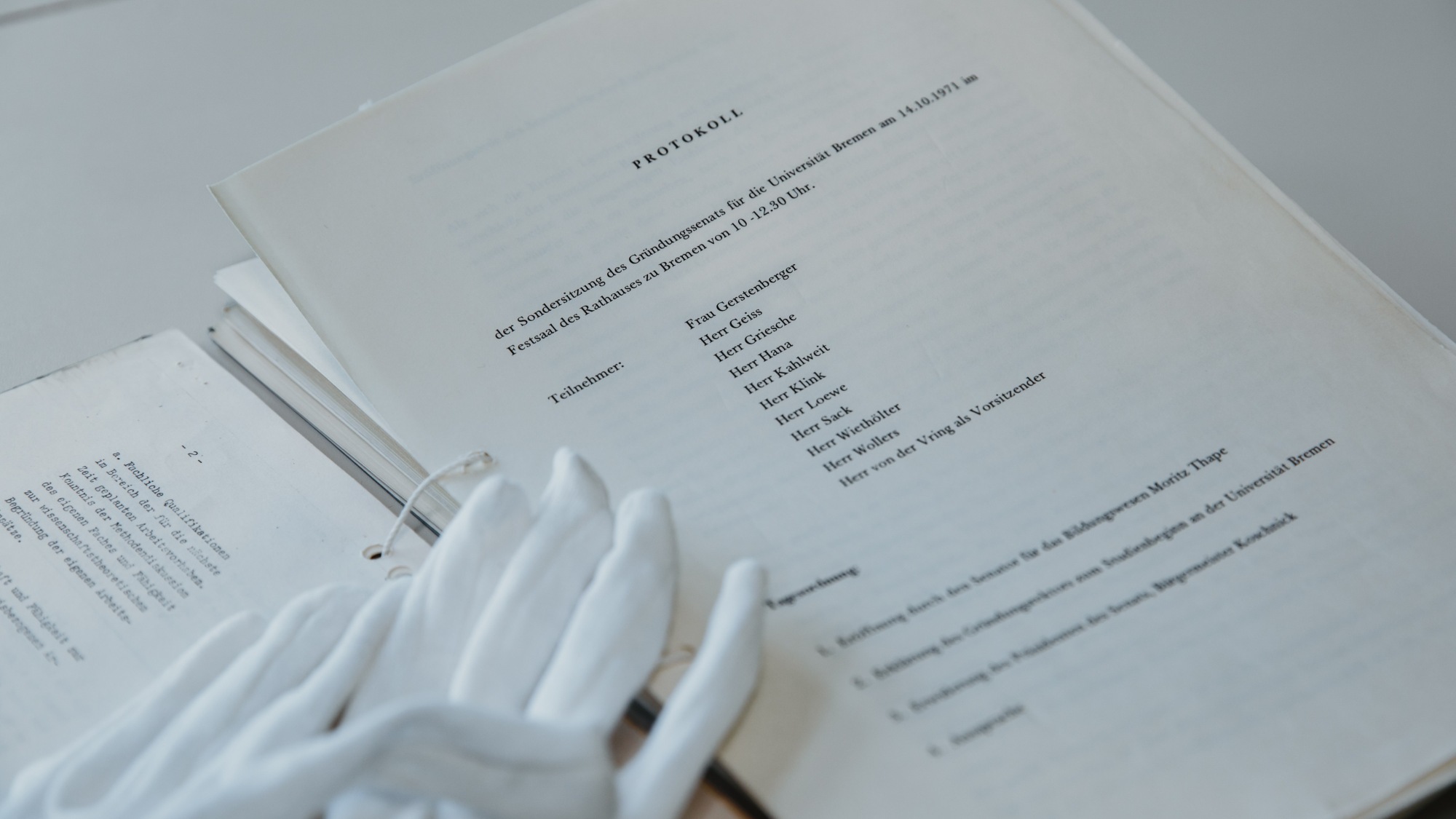
© Matej Meza / Universität Bremen
With 2,200 meters of shelf space, of which 1,200 meters are currently in use, the archive serves as a central repository of university knowledge. It is located in GW1 Building, exactly where in 1971 the new reform university offered its first classes. The location could not be more appropriate.
From a Mountain of Files to a Rich Source of Research
“Our job is to make the actions of the administration and committees transparent,” explains archive director Sigrid Dauks. This means that documents from across the university are reviewed and assessed here; those deemed worthy of archiving are permanently preserved. In this way, the archive contributes to legal certainty while at the same time documenting the development of a constantly changing university.
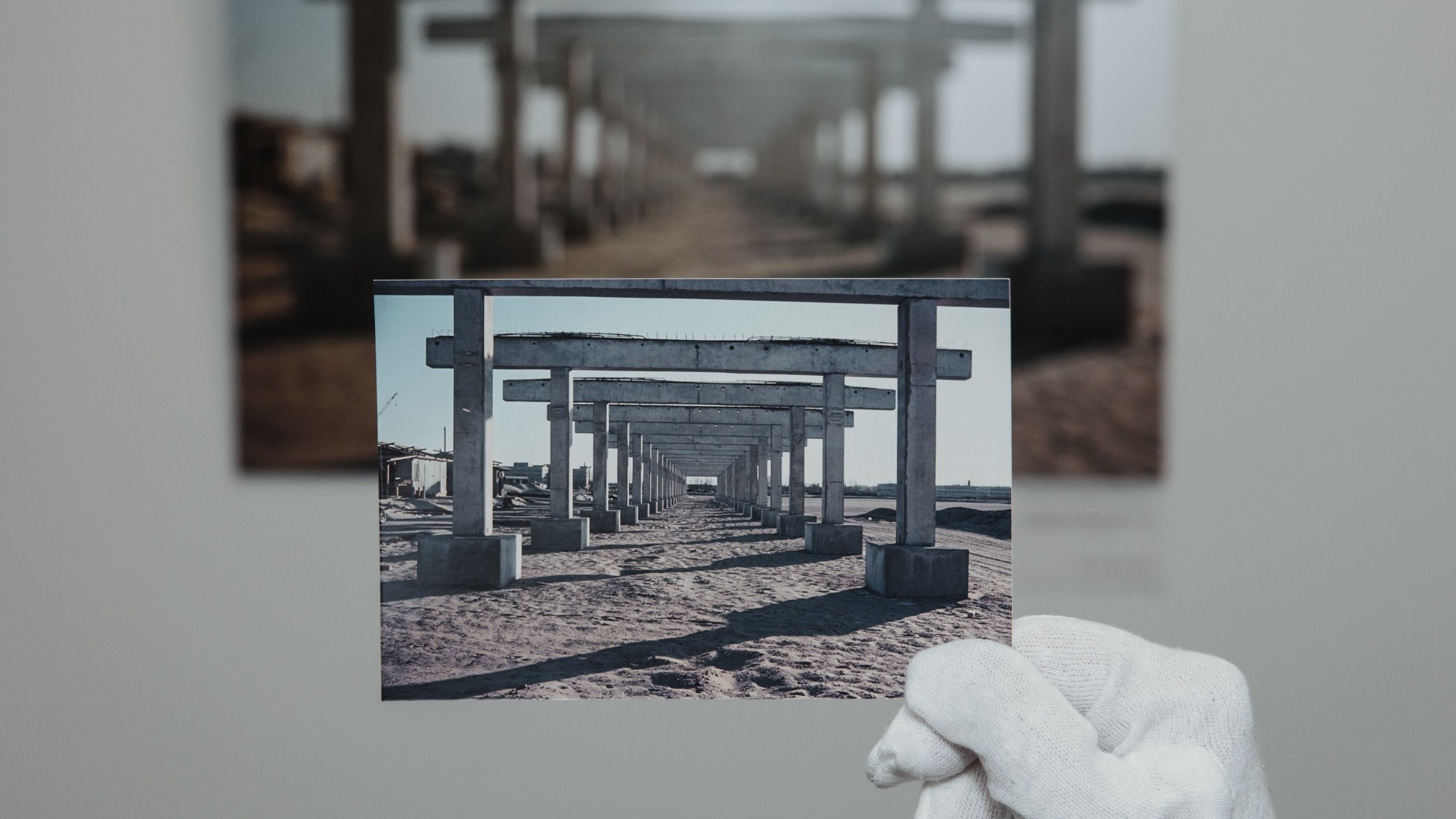
© Matej Meza / Universität Bremen
This work is no longer confined to printed materials. Digital formats are becoming increasingly important, which presents the university archive with a challenge that many archives face: “Most organizations have not yet fully understood the importance of digital files for archives. Many administrative processes disappear into email inboxes or file storage systems,” explains archive employee Thomas Lietz. At the same time, digitization provides new opportunities: “We use retro-digitization to preserve damaged files permanently and make them more accessible.”
Public Relations as a Core Task
In addition to cataloging and evaluating sources, public relations is an essential part of this job. “This applies not only to us, but to the entire archival landscape,” archive employee Nicole Stöbener points out. The archive also sees itself as a research institution. “We strive to be visible right from the start,” adds Dauks. “This includes initiating our own research, compiling documentation, and establishing new avenues of research.”
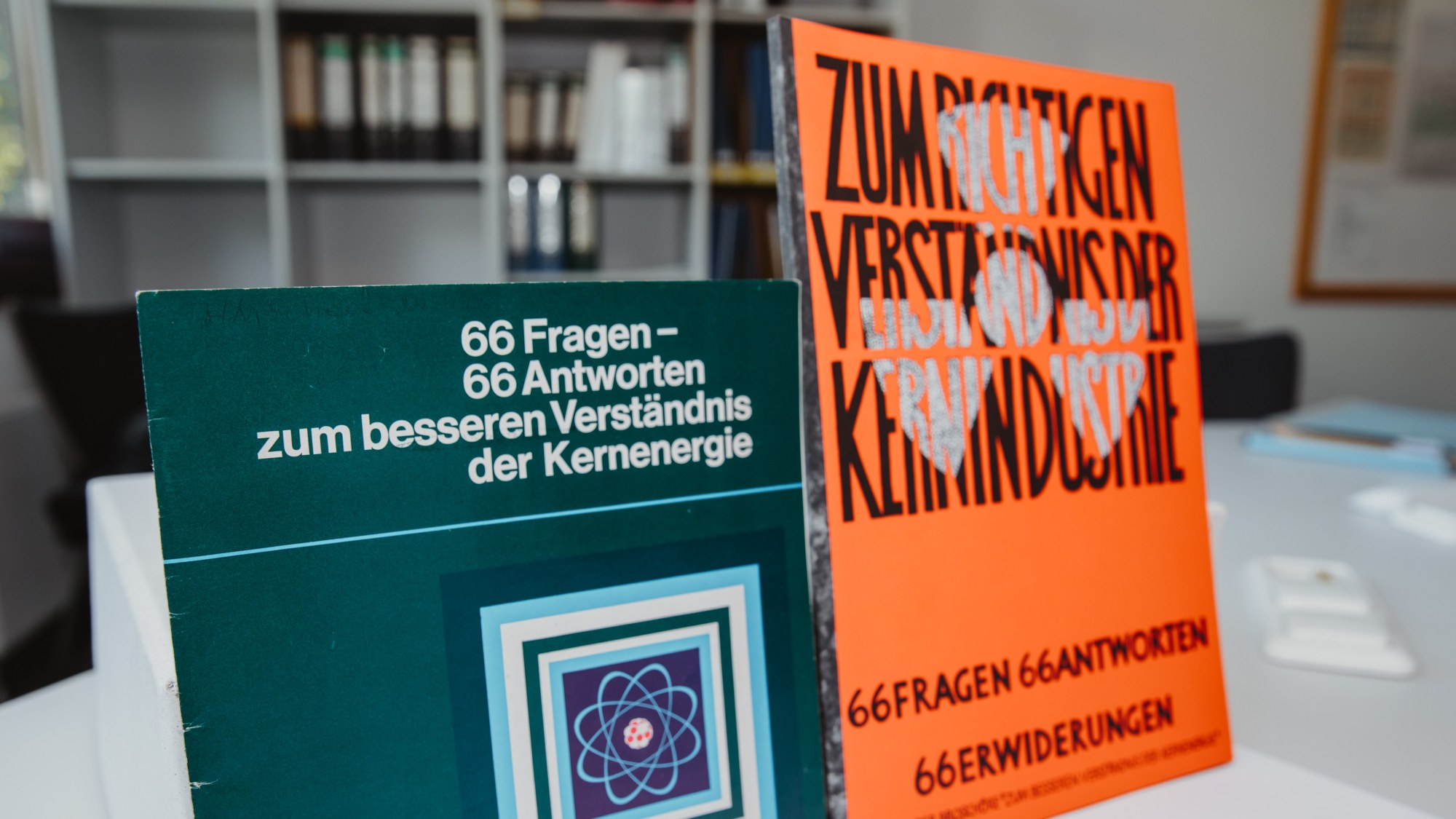
© Matej Meza / Universität Bremen
Sharing History Beyond Dusty Files
History comes to life through people. Since 2019, the archive has collected memories from former students and employees as part of the “History of the University – Contemporary Witnesses Tell Their Stories” project. So far, sixty-five interviews have been conducted. “Official documents usually contain what university committees or the state have decided – the hard facts, so to speak. How everyday life at the university was experienced, what the atmosphere was like, or what motivated individuals to act a certain way is rarely found there,” explains principal investigator Dr. Heiko Garrelts. In this way, oral sources complement written records. Authorized transcripts and audio recordings are available for research into the history of the university.

© Matej Meza / Universität Bremen
Another project with a high public profile is the professor catalog. It documents the academic curricula vitae, titles, and periods of employment of all professors since 1971, including junior, honorary, and substitute professors. Together, these resources provide an overview of academic mobility at the University of Bremen.
Bequests and estates also play an important role. “Although we are an administrative archive,” says Dauks, “we also have large collections, especially from bequests and estates of former professors, which significantly enhance our profile.” Of course, there is no obligation to donate items. “That is why we actively approach individuals – when they retire or when we learn of a change.” In this way, research documents, project materials, and personal documents that would otherwise often be lost find their way into the archive.
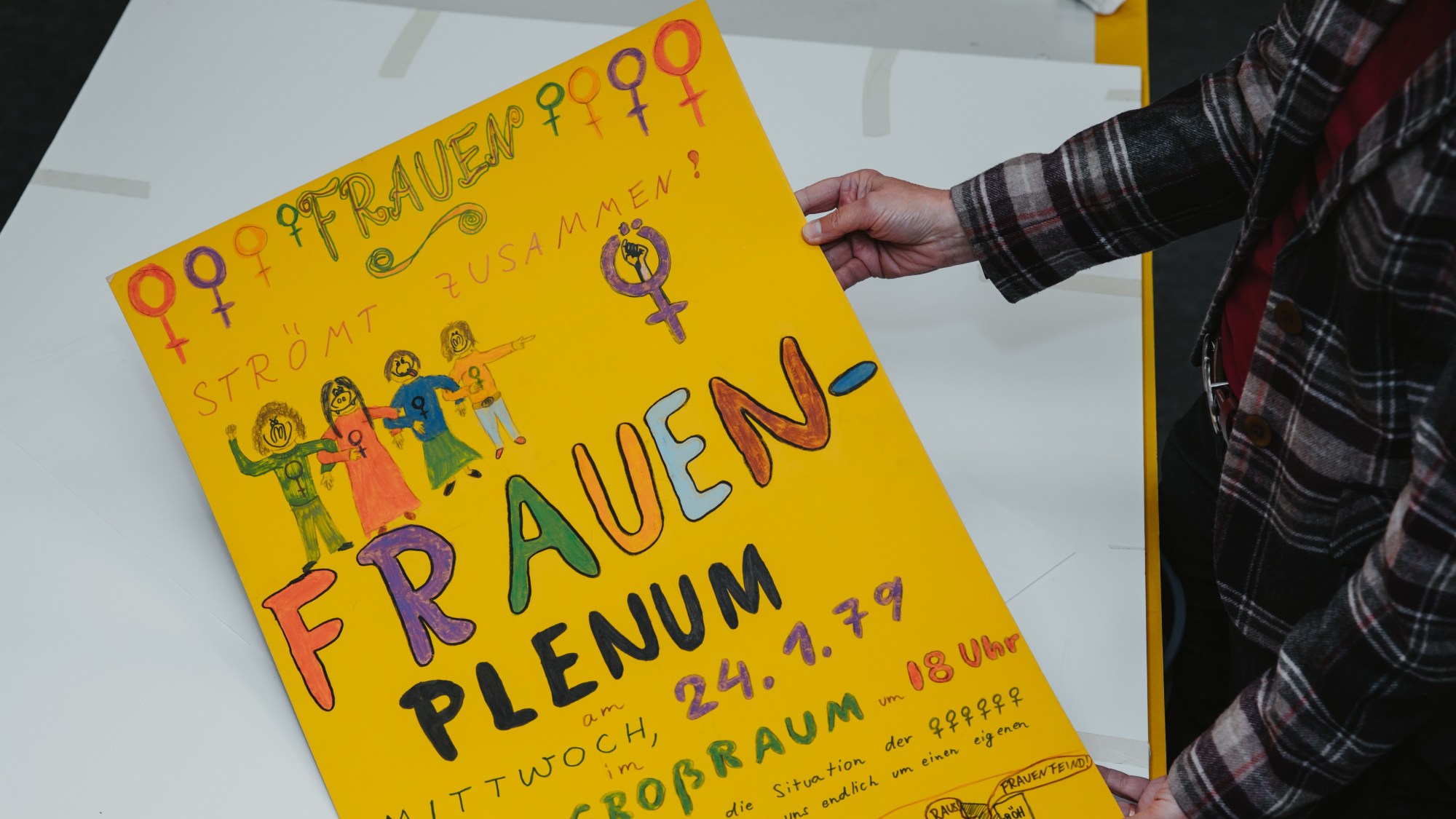
© Matej Meza / Universität Bremen
Public, Open, and Accessible
The university archive is open not only to researchers, but also to students and interested members of the public. However, some documents may only be viewed after a certain period of time for reasons such as data protection or privacy. “We have noticed that teaching staff members play an important role in the use of the archive,” explains Dauks. “When university lecturers specifically guide their students to the archive, it is used much more intensively.” Topics such as architectural history, art in public spaces, and student movements are particularly popular. The way the archive is used has also changed. “In the past, people used to work on site using pen and paper,” says Lietz. “Today, many users prefer to photograph or copy documents and evaluate them at home.” The archive is increasingly serving as a research base. The reading room offers ideal conditions for this purpose. It is quiet and conducive to focused work, and expert support is available.
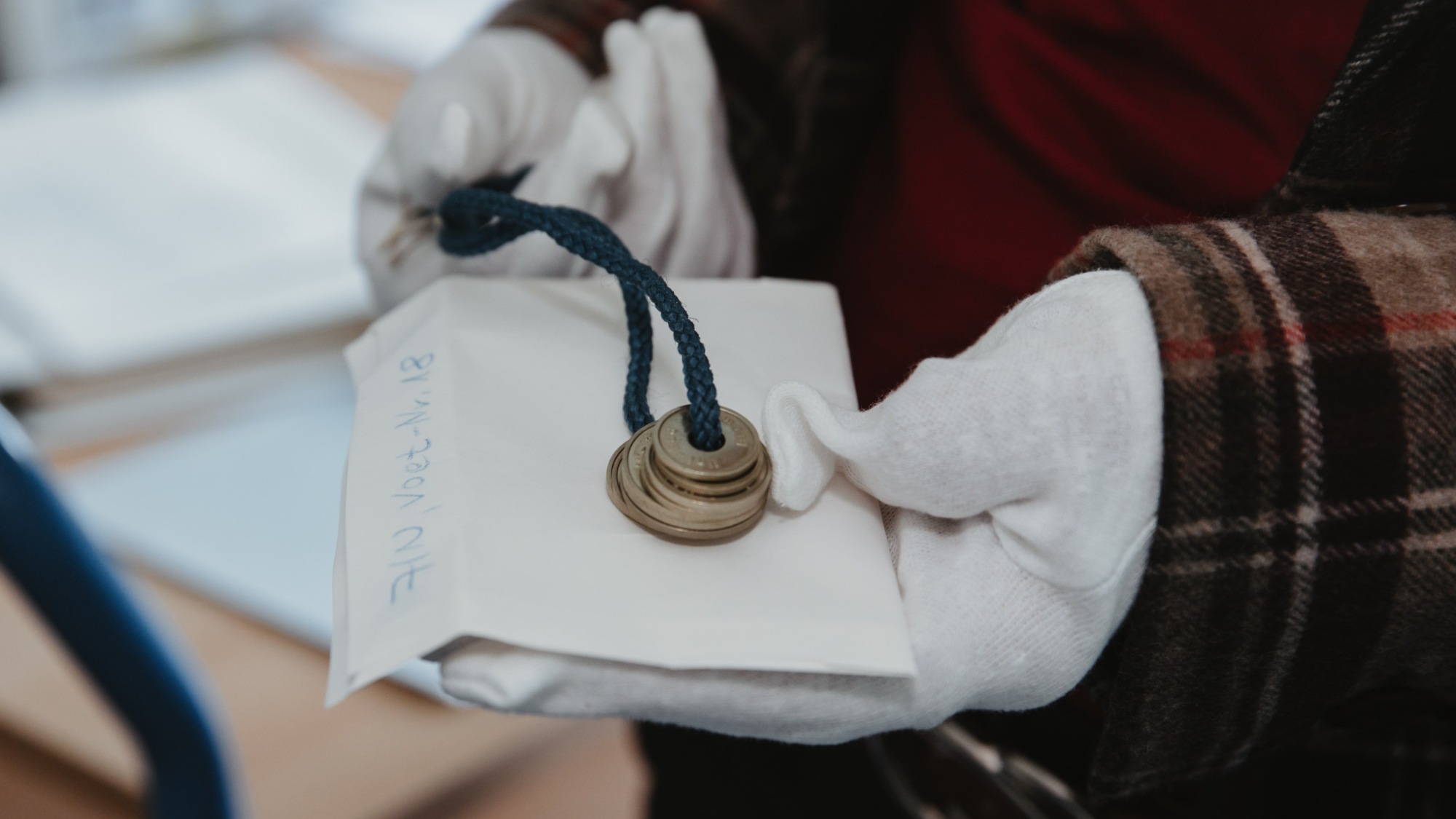
© Matej Meza / Universität Bremen
Whether it’s historical sources, legal documentation, or personal mementos, the university archive preserves the past and helps to shape the future. If you want to learn more about the university’s history, this is the place to go to.
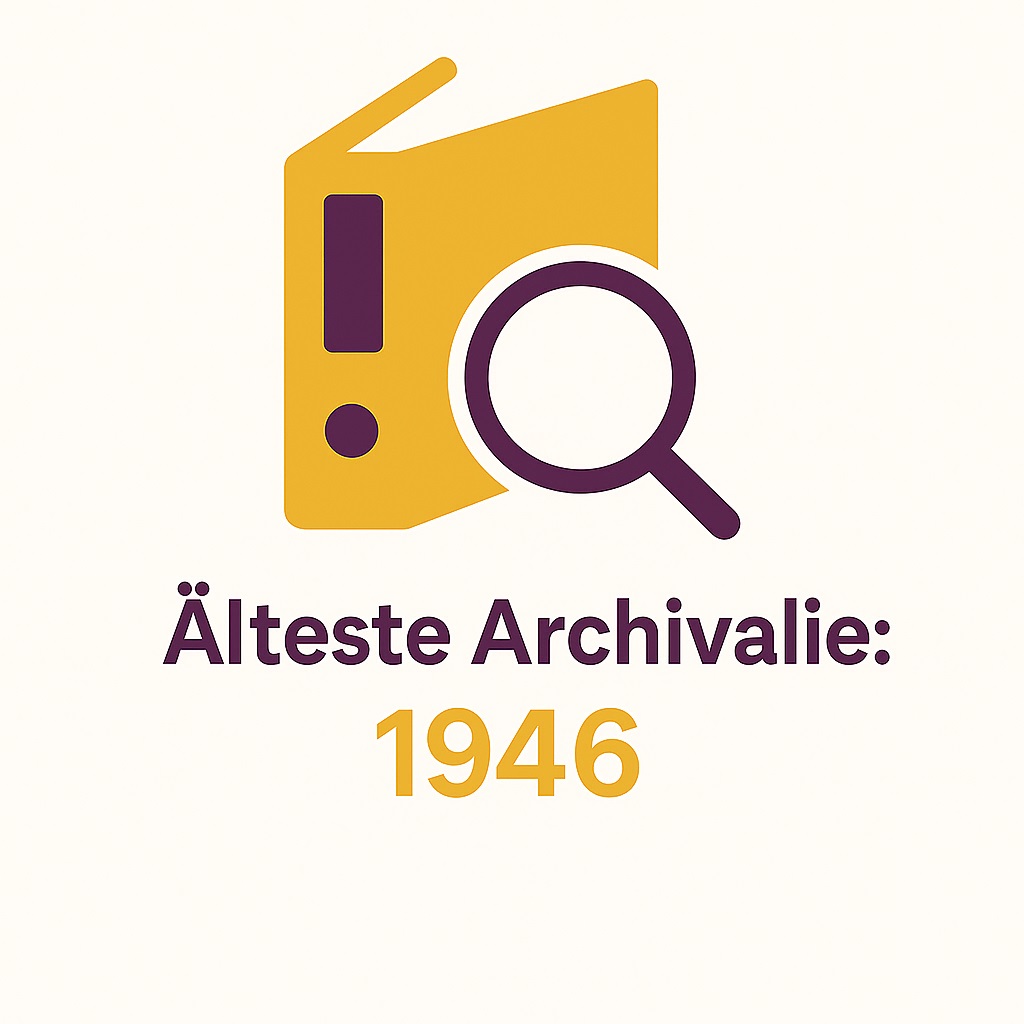
© ChatGPT / DALL·E, OpenAI

© ChatGPT / DALL·E, OpenAI
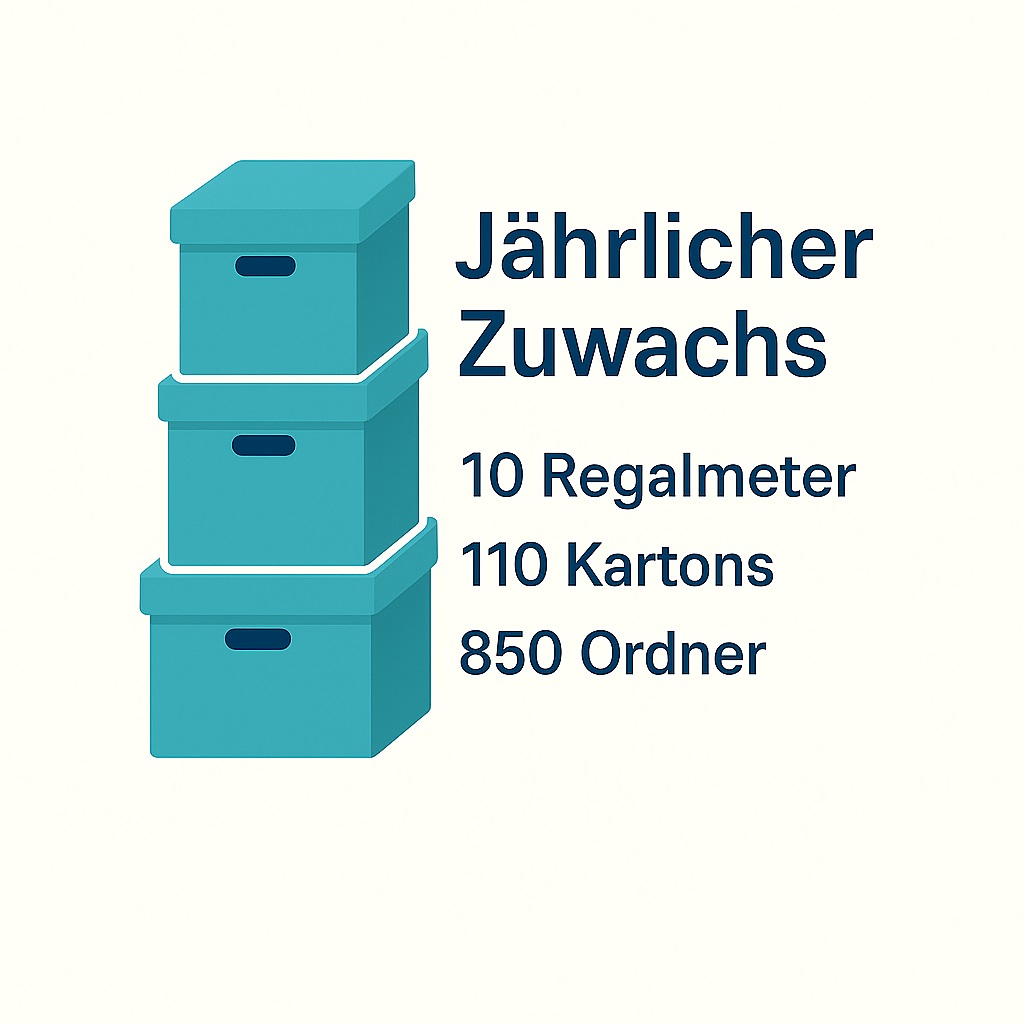
© ChatGPT / DALL·E, OpenAI

© ChatGPT / DALL·E, OpenAI
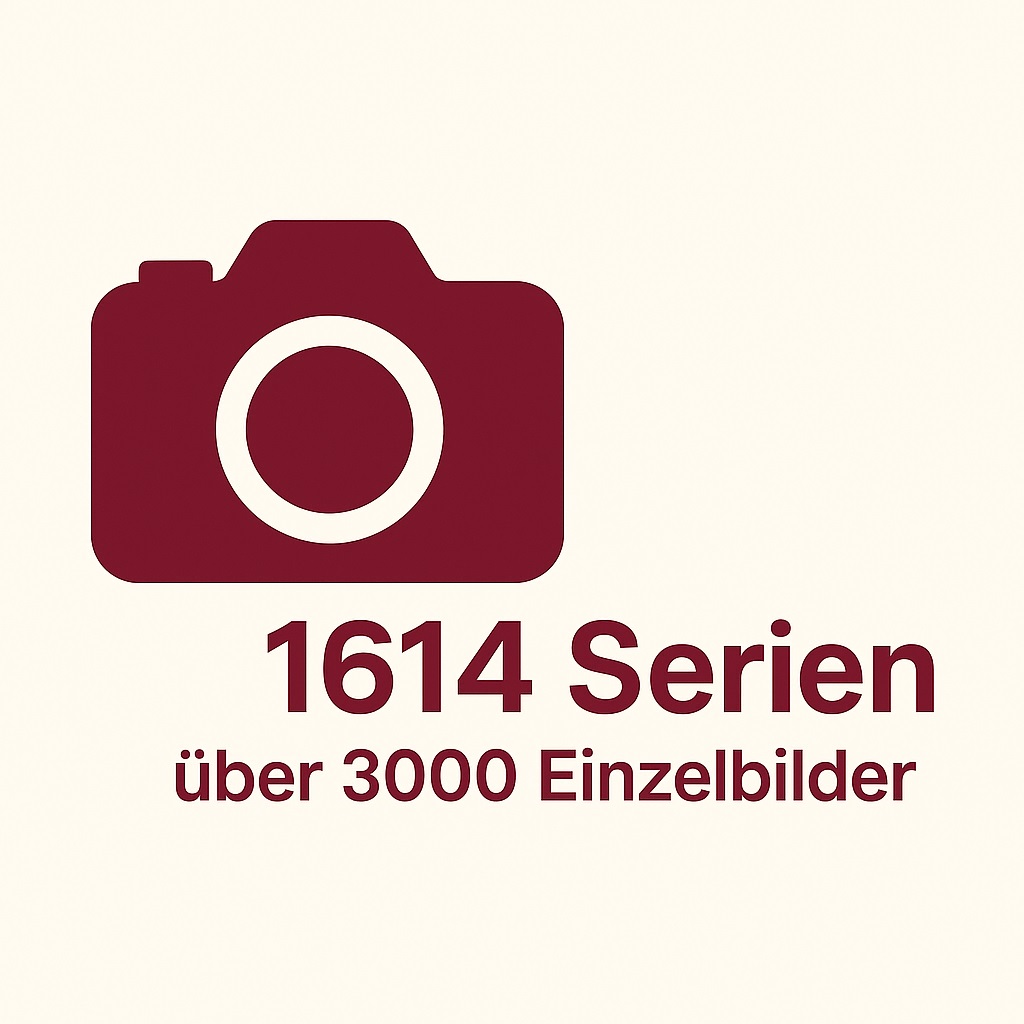
© ChatGPT / DALL·E, OpenAI
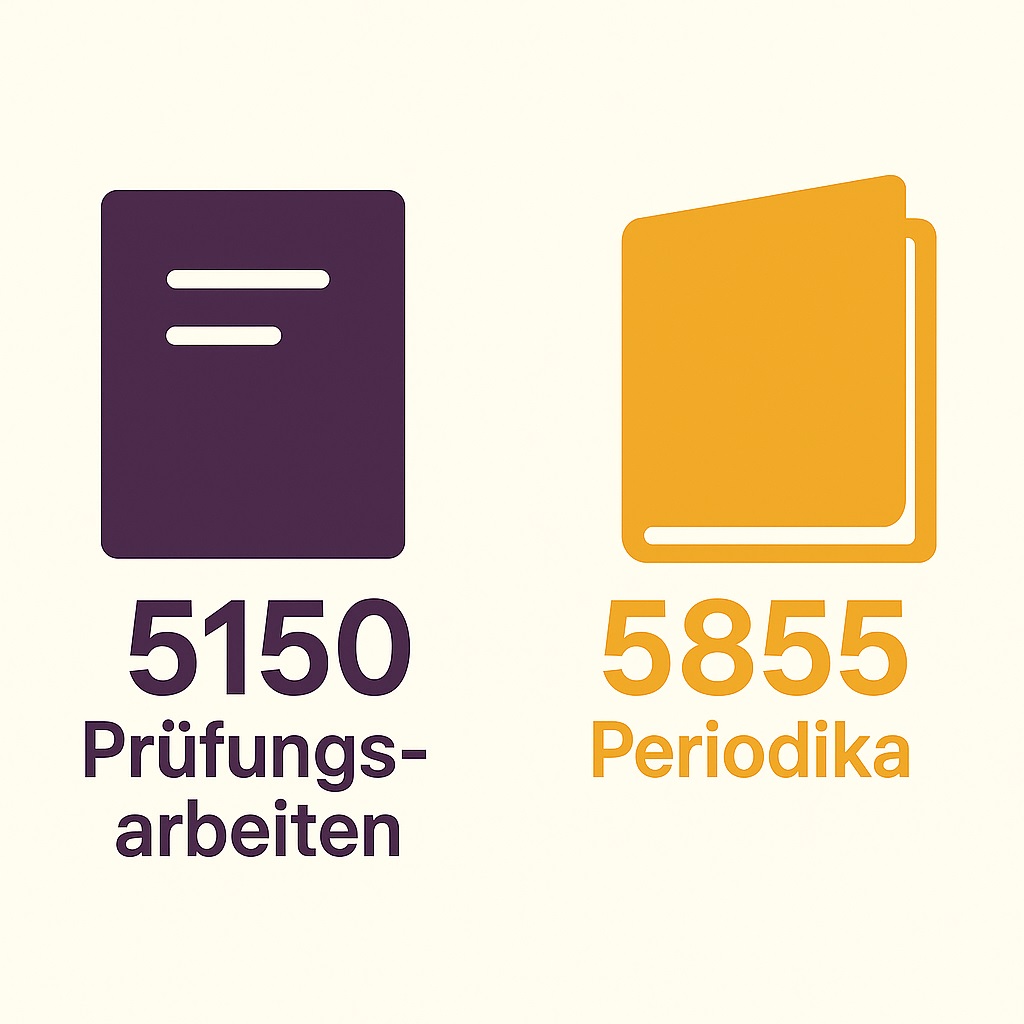
© ChatGPT / DALL·E, OpenAI
The University Archive Turns 25! Open house
On June 18, the archive is opening its doors for an open house. From 11 a.m. to 3 p.m., visitors can tour the archive rooms in GW1 Building, learn about ongoing projects, and talk to the archive team. Highlights include the professor catalog, the contemporary witness project, a digital timeline of the university’s history, and selected finds from the archive. Everyone is welcome, including university members, students, alumni, and anyone else who is interested. Please register in advance.